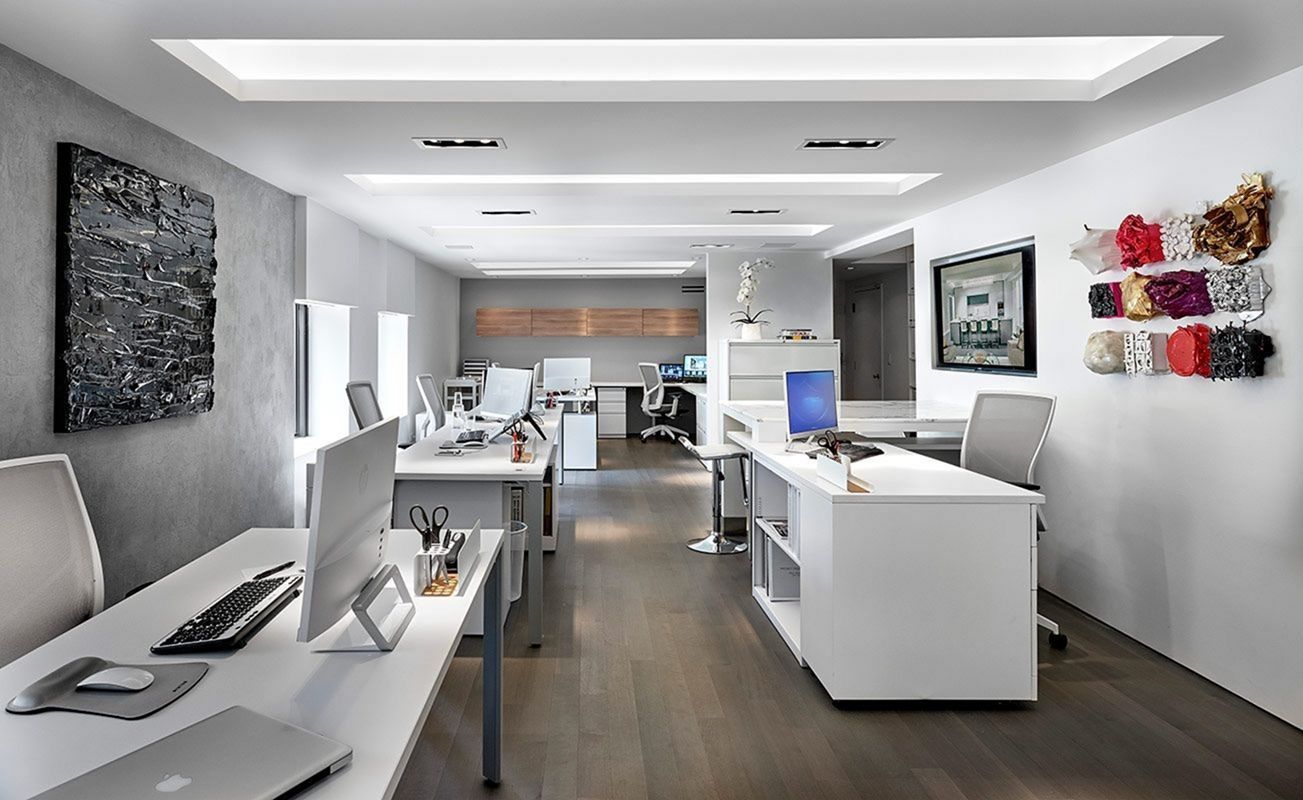In today's competitive business landscape, organisations are constantly seeking new ways to optimise their operations and achieve success. One key factor that has emerged as a game-changer is workplace strategy. By strategically designing and organising workspaces, companies can create an environment that fosters collaboration, innovation, and productivity.
In this blog post, we will explore the transformative potential of workplace strategy and how it can propel your organisation towards sustainable growth.
What Is Workplace Strategy and How Can It Help Organisation?
The traditional office space is no longer adequate for the needs of today's organisations. The cubicle-style layout with rows of identical desks is not conducive to collaboration or creativity.
In addition, the static nature of these spaces fails to take into account the ever-changing needs of businesses. As a result, many organisations are turning to workplace strategy as a way to create more flexible and adaptable workspaces.
Workplace strategy is about much more than just physical space. It encompasses all aspects of the work environment, from furniture and equipment to technology and lighting. By taking a holistic approach to workplace design, organisations can create an environment that supports their specific business goals.
Building An Effective Workplace Plan: Key Considerations
The traditional office space is no longer adequate for the needs of today's businesses. With the rise of digital and mobile technologies, employees are increasingly working remotely, which has led to a need for more flexible and collaborative workspace designs. In response, workplace strategy has evolved to encompass a variety of approaches that can be customised to fit the unique needs of each organisation.
Some of the most popular workplace strategies include activity-based working (ABW), hot desking, and co-working.
ABW is a flexible approach that allows employees to choose from a variety of work settings based on their tasks and needs.
Hot desking is a cost-effective solution that enables organisations to make better use of their space by allowing employees to share desks.
Co-working spaces provide an alternative to traditional offices by offering a shared work environment where people from different companies can come together to collaborate and network.
When selecting a workplace strategy, it is important to consider the specific needs of your organisation and what will best support your business goals. There is no one-size-fits-all solution, so it is important to work with an experienced consultant who can help you identify the right approach for your company.

Crafting An Engaging and Productive Workspace Environment
In recent years, there has been a shift away from traditional office spaces that are designed for individual work.
Instead, more and more organisations are embracing workplace strategy, which takes into account the needs of the modern workforce. This approach to space design focuses on creating an environment that supports collaboration and creativity.
There are many benefits associated with workplace strategy. For one, it can help reduce overhead costs by maximising the use of space. It can also increase employee satisfaction and retention by providing them with an environment that is conducive to their work style.
Additionally, workplace strategy can promote collaboration and creativity by encouraging employees to interact with each other in new ways. It can boost productivity by ensuring that employees have the resources they need to be successful.
Strategies For Optimising Collaboration, Innovation & Productivity
The traditional office space is no longer the most effective environment for today's workforce. In order to stay competitive, organisations must rethink their approach to workplace strategy. By designing workspaces that promote collaboration and innovation, companies can create an environment that is more conducive to productivity.
One way to optimise collaboration and innovation is by implementing an open office layout. This type of layout encourages interaction and communication between employees. It also allows for greater flexibility in how work is conducted. Additionally, open offices can help to reduce costs associated with leasing space.
It is important to create a culture of respect and inclusion in the workplace. When employees feel valued and respected, they are more likely to be engaged and motivated to do their best work.
Creating a positive work environment will not only improve productivity but also attract top talent to your organisation.
Conclusion: Unlocking Success with The Power of Work
The traditional office space is no longer adequate to meet the needs of modern organisations. In order to stay competitive, companies must re-think their approach to workplace strategy and create workspaces that facilitate collaboration, innovation, and productivity.
Workplace strategy has evolved significantly in recent years, thanks to advances in technology and our understanding of how people work best. The old model of isolated cubicles and private offices is giving way to open plan layouts that encourage interaction and allow for greater flexibility.
As workplace strategy continues to evolve, it is important for organisations to keep up with the latest trends and innovations. By doing so, they can create an environment that supports productivity and growth.


No comments yet